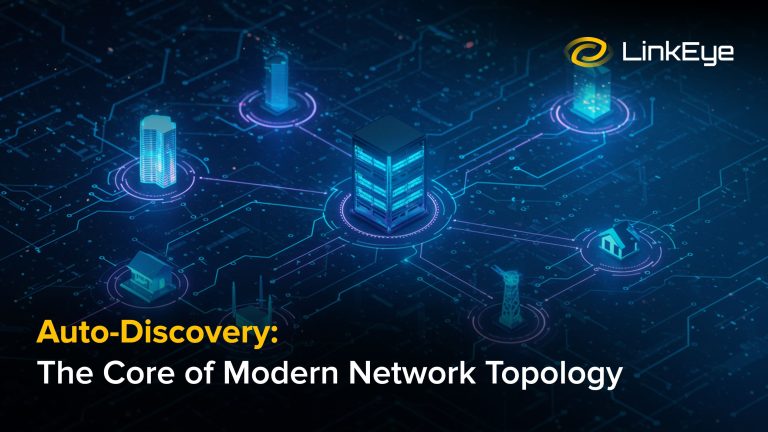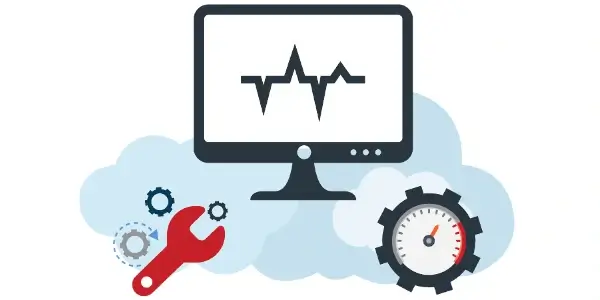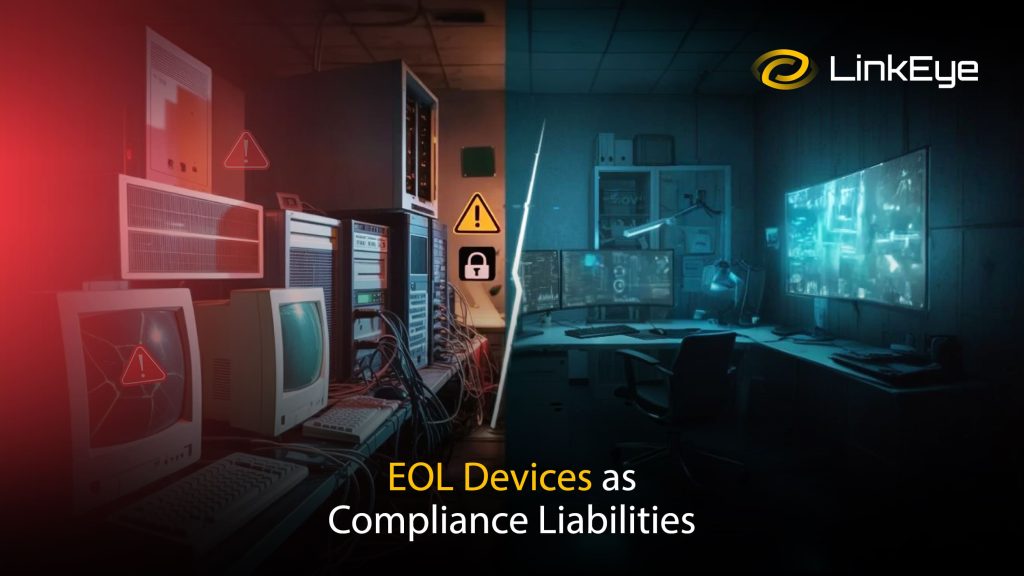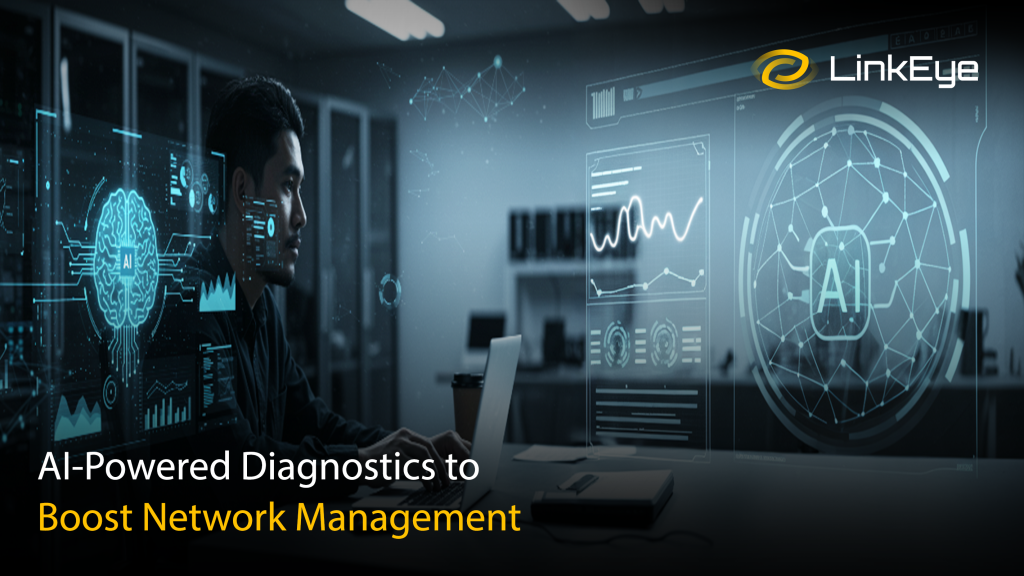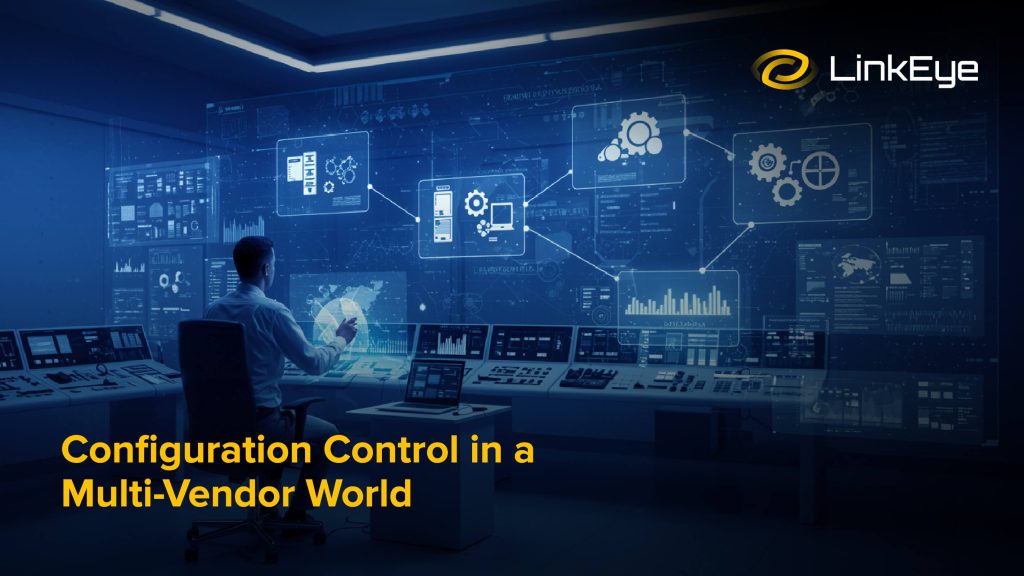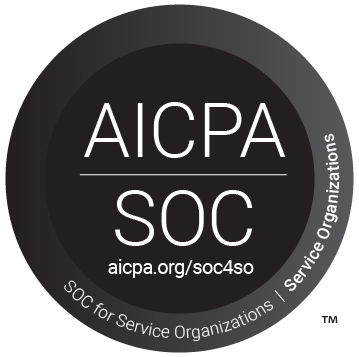When services shift across remote offices, subnets, and network devices, static network diagrams offer little more than a fading snapshot. They’re disconnected from the operational reality, and increasingly from business outcomes.
LinkEye has long recognized this disconnect, having seen firsthand the critical role that real-time, dynamic topology plays in reducing downtime, improving agility, and enabling infrastructure to scale without chaos. They bridge this gap by supporting forward-looking organizations in building intelligent observability and automation into the foundation of their toolchains.
The Static Map Problem
In the not-so-distant past, IT teams relied on manually updated network diagrams, often built in tools like Microsoft Visio, to visualize their infrastructure. These static maps were updated periodically, sometimes only after a change was already complete. But in today’s fast-moving network environments, where devices are added, IP addresses shift, and dependencies evolve constantly, these static maps are liabilities.
According to a 2023 Gartner study, 65% of infrastructure and operations leaders report visibility gaps across hybrid infrastructure, citing outdated inventories and tool sprawl as top concerns. And with the average enterprise running over 10 monitoring tools (Source: Dynatrace, 2023), context fragmentation is expensive and dangerous.
LinkEye’s experience across all their projects echoes this: teams still spend too much time chasing information, reconciling partial views, and reacting to surprises instead of preparing for them.
What Auto-Discovery Really Delivers
Auto-discovery often gets reduced to a checkbox feature or a background scan. But LinkEye takes a systems-level view, treating inventory discovery as a foundational capability, deeply integrated into how network environments are documented, governed, and made observable. Here’s how that translates into real outcomes:
- Real-Time Visibility
Auto-discovery continuously scans your network and updates live maps of devices like routers, switches, firewalls, and access points across data centres, branch offices, and remote sites. New devices, IP changes, or configuration updates are captured as they happen, so your topology is always accurate. - Contextual Awareness
Discovery is about knowing how services connect, how data flows between them, where issues arise, and how those connect to business-critical operations. Platforms built with observability and automation at their core focus on understanding service relationships, data flows, and operational dependencies. - Security-First Discovery
Unmonitored assets are often the weakest links. LinkEye’s solutions surface unauthorized or unmanaged resources automatically and tie them to roles, policies, and access models, strengthening Zero Trust architectures. Visibility is aligned with governance from the start. - Operational Agility
When incidents occur, static documentation is dead weight. Auto-discovery comes to rescue by feeding into live topology visualizations, so SREs and engineers can trace failure paths, understand blast radius, and isolate problems faster.
Scaling Discovery in the Real World
Auto-discovery sounds simple until you try it at scale. Discovery is not a simple plugin, it intersects with how environments are managed, governed, and understood across tools and teams. Common pitfalls we help teams navigate include:
- Integration Debt
Many auto-discovery tools operate in isolation, disconnected from the ITSM systems, CMDBs, and compliance platforms they’re meant to inform. Without these integrations, discovery can create more silos rather than closing visibility gaps. - Scope and Data Volume
Poorly configured discovery can overwhelm teams with noise. Thousands of low-value entries that obscure the relationships and signals that actually matter. Without careful scoping and context, more data doesn’t mean more clarity. - Cultural Friction
Teams that have relied on static maps and manual processes often view automated discovery with skepticism. Trust in tooling, especially when it replaces long-standing practices, must be earned, not assumed. - Trust in the Data Itself
Dynamic maps are only useful when stakeholders believe they’re accurate, current, and actionable. Without that trust, even the most advanced topology views go unused.
Why Discovery Must Evolve
Modern environments move fast. Devices connect and disconnect constantly, IP addresses shift, VPNs spin up across remote locations, and network routes or firewall rules change by the hour. With more remote users, cloud gateways, and hybrid setups, keeping an accurate view of your network is harder and more important than ever.
In this landscape, static topology assumptions break down. Discovery must be real-time, adaptive, and designed for constant change.
According to Forrester, companies adopting real-time observability see a 43% boost in service reliability and a 39% drop in compliance-related incidents, outcomes that closely mirror what LinkEye clients experience in practice.
The real value of network auto-discovery is:
• Less downtime: Quickly trace device failures and connection issues through live network maps.
• Stronger security: Detect rogue or unknown devices automatically, so nothing stays hidden or unmanaged.
• Faster compliance: Accurate, real-time inventories support audits and policy checks.
• Simpler tooling: Live topology mapping reduces the need for multiple mapping or monitoring systems.
• Lower manual effort: Discovery keeps your network map current without the need for frequent manual updates.
We, at LinkEye believe that topology is the interface between infrastructure, identity, and action. As architectures become more fluid and ephemeral, and as regulatory posture demands more real-time verification, auto-discovery becomes a strategic enabler.
We’re helping teams treat topology not as a drawing, but as a dynamic operational control asset: from change detection and incident response to security posture and resource optimization.
Looking ahead, the enterprises that thrive will be the ones that stop treating visibility as a static feature and start embedding aut-discovery at the core of their toolchains, workflows, and governance.
